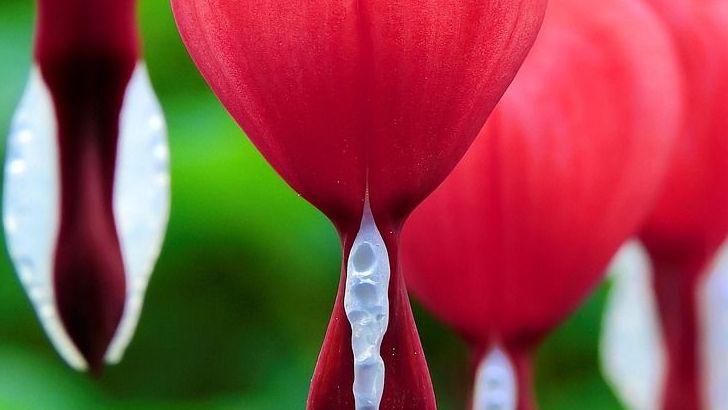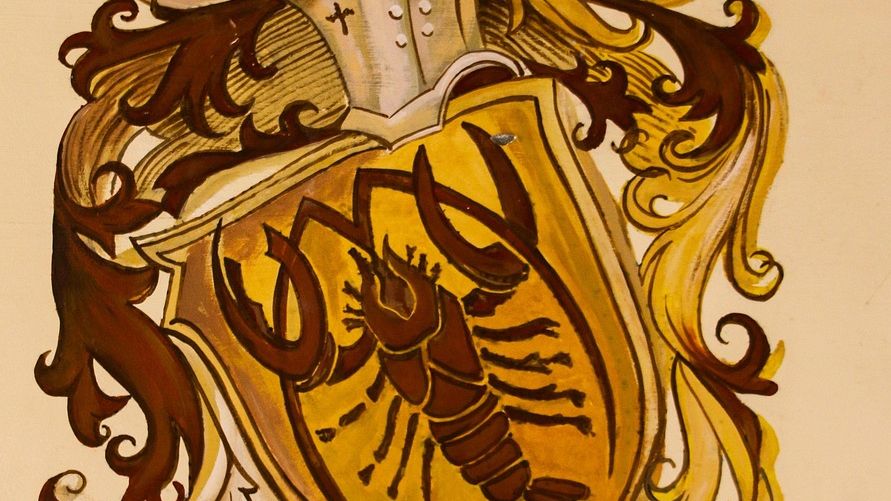Spring-Flowering Bulbs and the Summer Dormancy Trap
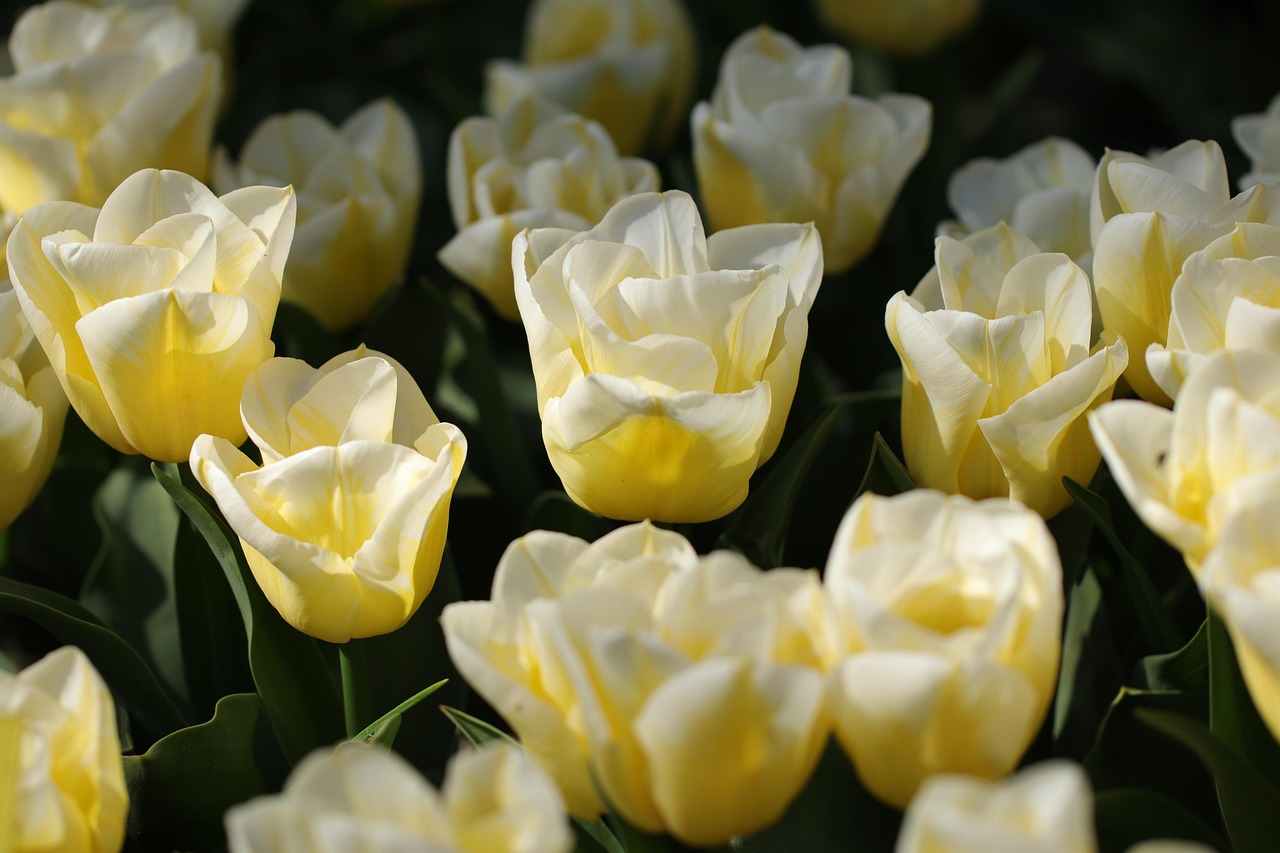
Oriental and Iceland poppies naturally die back and go dormant during summer heat. Watering and fertilizing during this rest period often leads to crown rot that kills the plants entirely. Allow foliage to yellow naturally without removing it. These dormant plants should receive minimal to no supplemental watering during their summer rest period.
Here’s what makes this especially frustrating – Summer-dormant bulbs like alliums and fritillaria disappear completely above ground during hot months. Watering empty spaces where bulbs are resting underground promotes fungal diseases and rot in the stored energy structures. Do not water spring blooming bulbs in the summer when they are dormant. Bulbs are naturally drought tolerant because they go dormant in summer and require no watering.
Peonies and the Hidden Dangers of Summer Care
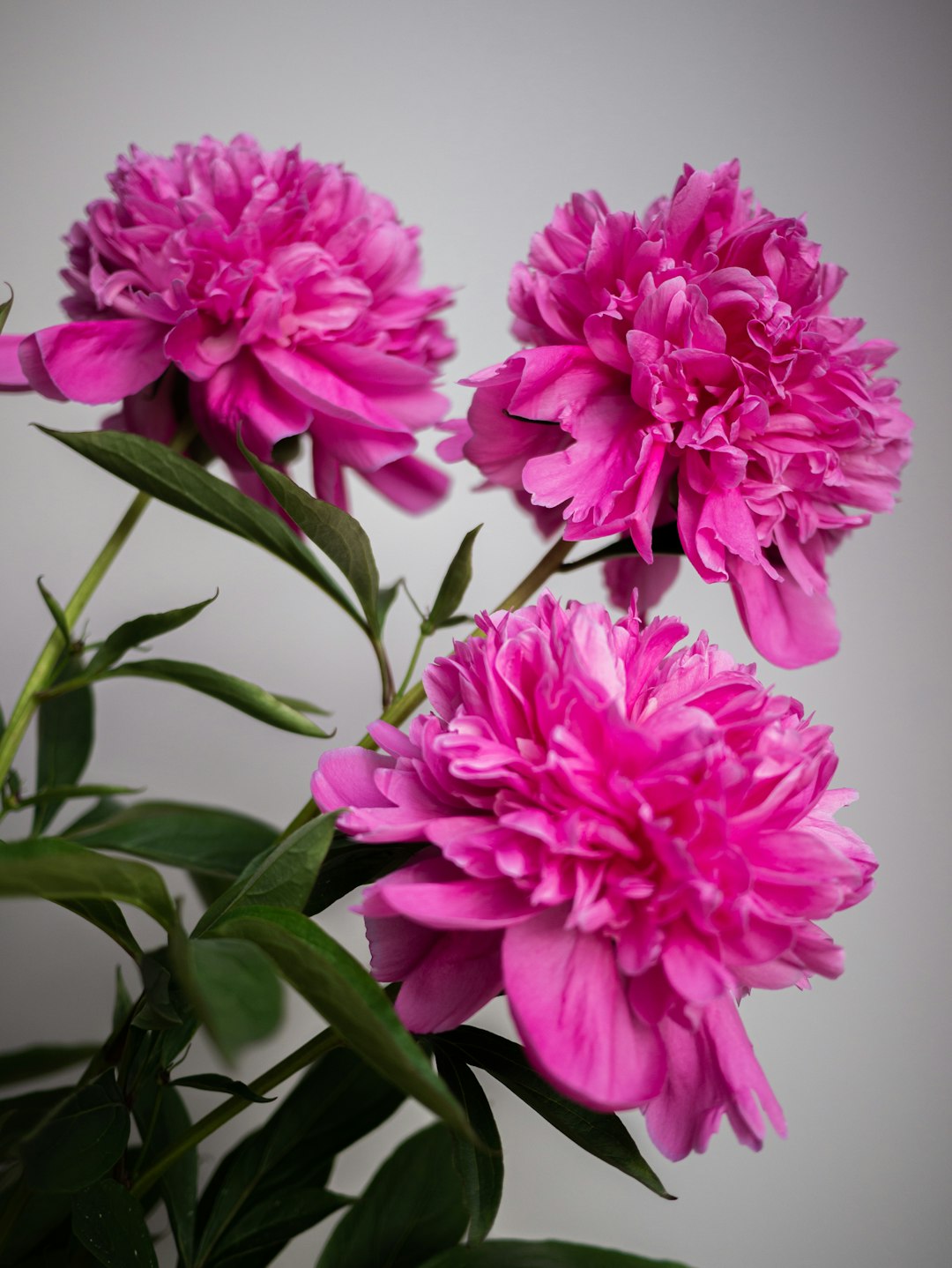
These stunning blooms hate being disturbed during summer months. Watering peonies excessively when they’re dormant can lead to root rot and fungal diseases that destroy your plants. Instead, apply a light layer of mulch to retain moisture and only water during extreme drought. That gorgeous display you admired in May becomes a liability if you keep treating it like an active grower through July and August.
Save fertilizing for early spring and pruning for fall after the first frost when the foliage dies back naturally. Most people see those big green leaves in summer and think the plant needs feeding, but you’re actually working against the plant’s natural cycle. Think of it like trying to keep someone awake when they desperately need sleep – eventually, something breaks down.
Mediterranean Herbs That Thrive on Neglect
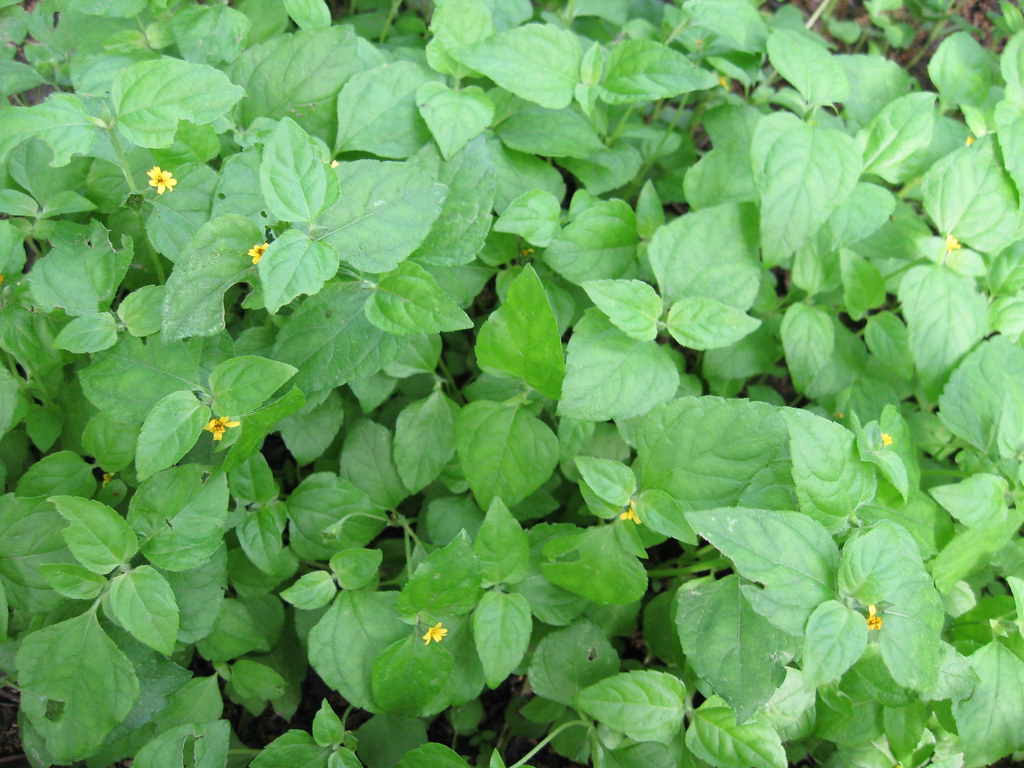
This Mediterranean native actually thrives on neglect during hot months. Focus on minimal pruning to remove damaged branches only. Water deeply but infrequently to encourage deep root growth. Save major structural pruning for the dormant season when trees are less stressed. Rosemary thrives under the summer sun, drawing strength from its rays without the need for extra care. Over-fertilizing can overwhelm this herb, overshadowing its natural robustness. Its needles guard against summer moisture loss, making overwatering unnecessary.
These plants evolved in rocky, sun-baked hillsides where water was scarce and soil was poor. When you pamper them with regular feeding and watering, you’re essentially forcing them to become soft and dependent – the opposite of their natural character. Thyme, a staple in many gardens, thrives in summer’s embrace. This herb loves the warmth, growing heartily without regular watering. It’s adapted to rocky soils, where its roots anchor firmly. Fertilization can hinder its zest, so it’s best left out.
Bleeding Hearts and Their Summer Vanishing Act
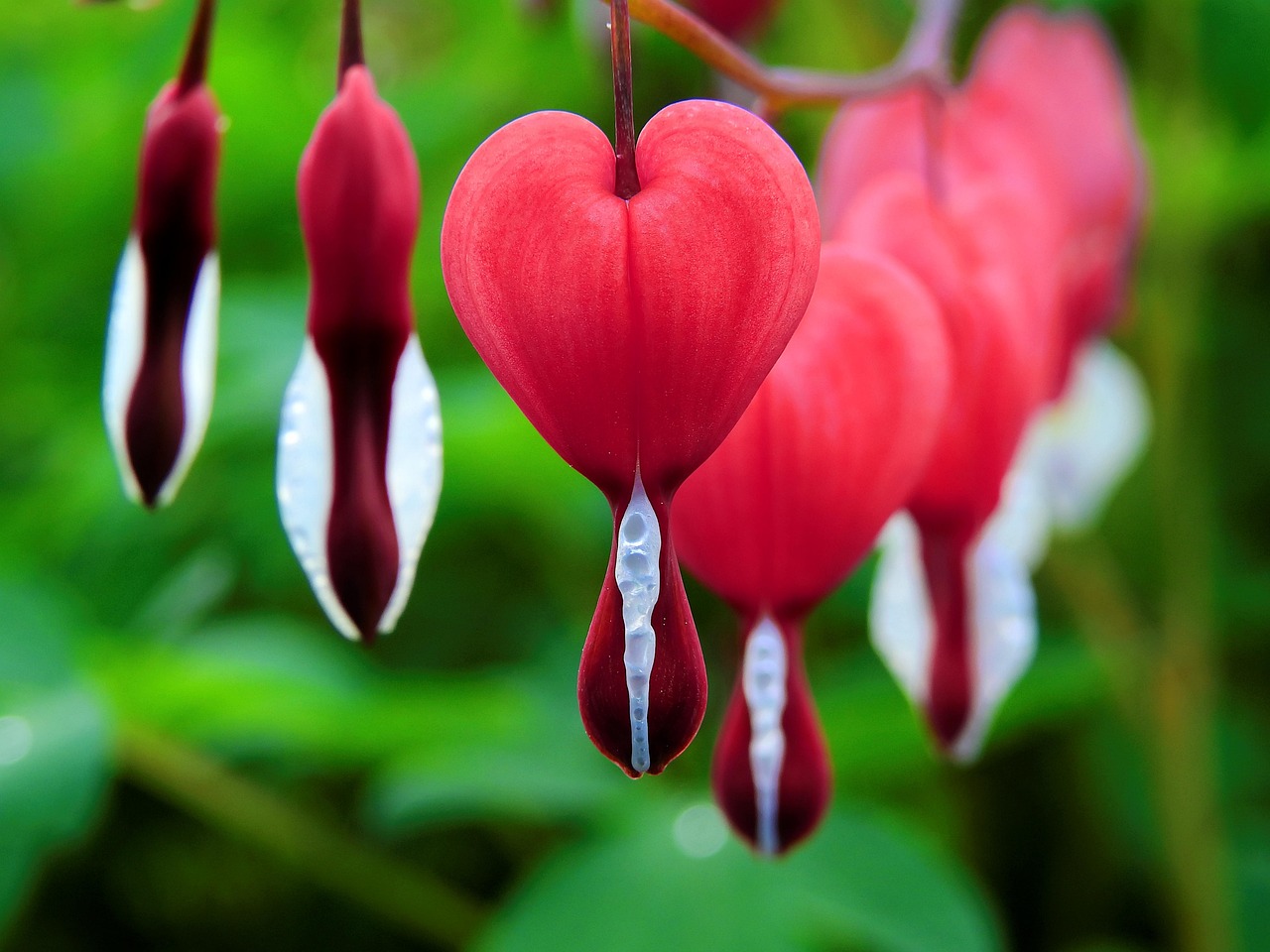
These spring beauties naturally die back and go dormant when temperatures rise. Continuing to water dormant plants can cause root rot in the fleshy underground structures that won’t be visible until it’s too late. Allow foliage to yellow naturally as the plant enters dormancy. This is perhaps the most counterintuitive plant behavior for new gardeners to understand.
You plant these delicate, heart-shaped flowers in spring, fall in love with their charm, then watch in dismay as they seemingly die in summer heat. Mark the location to avoid disturbing dormant roots. Plant companion perennials nearby to fill the space when bleeding hearts retreat for their summer rest. The key is accepting that some plants have evolved to avoid summer stress entirely by going completely underground.
Fruit Trees and the Summer Pruning Misconception
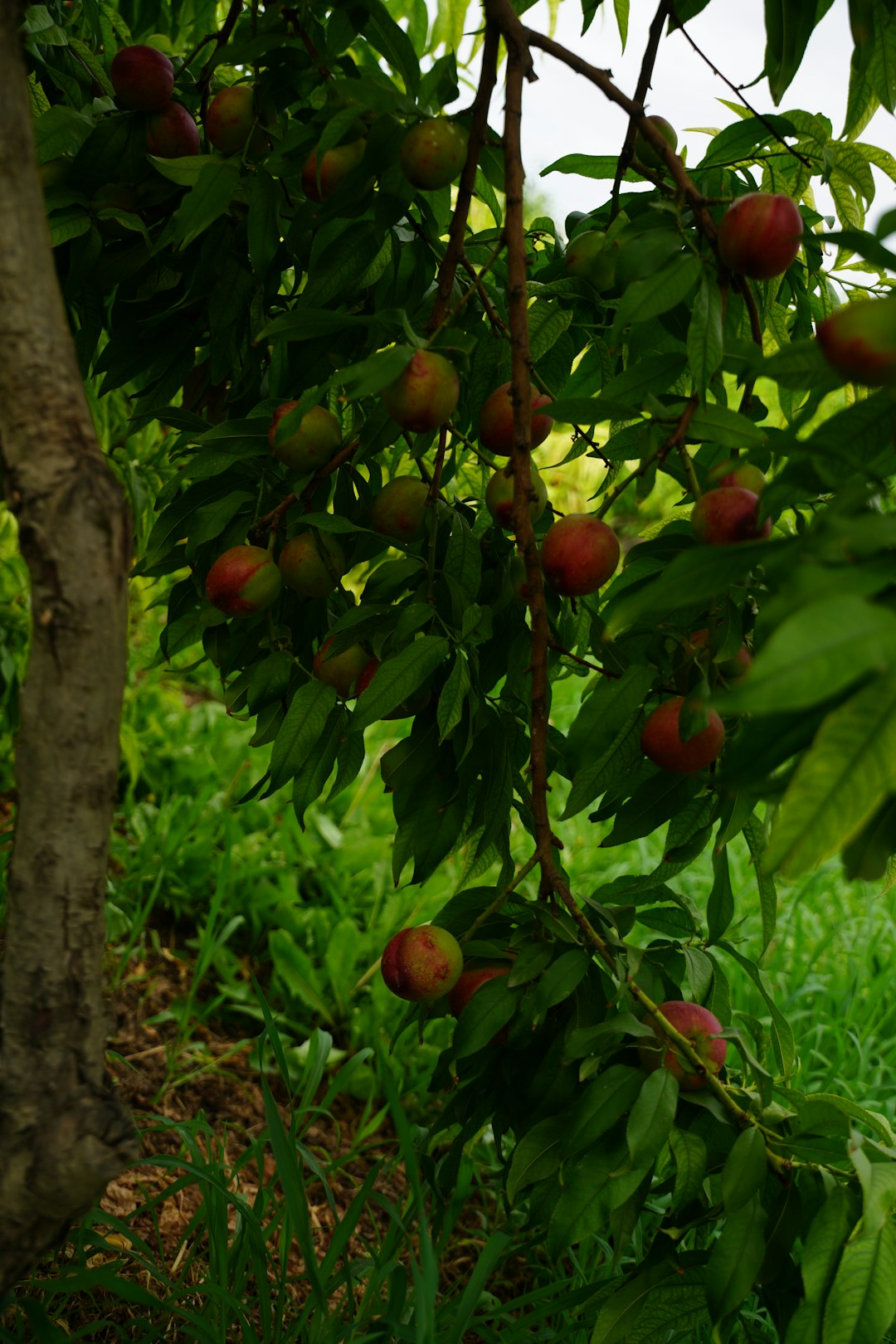
Summer pruning of fruit trees removes vital leaf surface area that trees need for photosynthesis during the growing season. Heavy pruning also exposes previously shaded bark to intense sun, causing sunscald damage. Research generally indicates that summer pruning is not recommended for most commercial orchards due to various risks and limited benefits.
The confusion comes from legitimate summer pruning practices that are very specific and limited in scope. The only place where summer pruning may be beneficial is when light is the primary factor limiting fruit red color development. In those cases, selective removal of vigorous shoots 3 or 4 weeks before harvest may increase light enough to improve red color without reducing fruit size and quality. But most home gardeners aren’t doing this surgical approach – they’re hacking away at branches thinking they’re helping.
Summer pruning does reduce the yield slightly, but also results in bigger individual fruits. However, the research shows that for most situations, the risks outweigh the benefits when compared to proper dormant season pruning.

